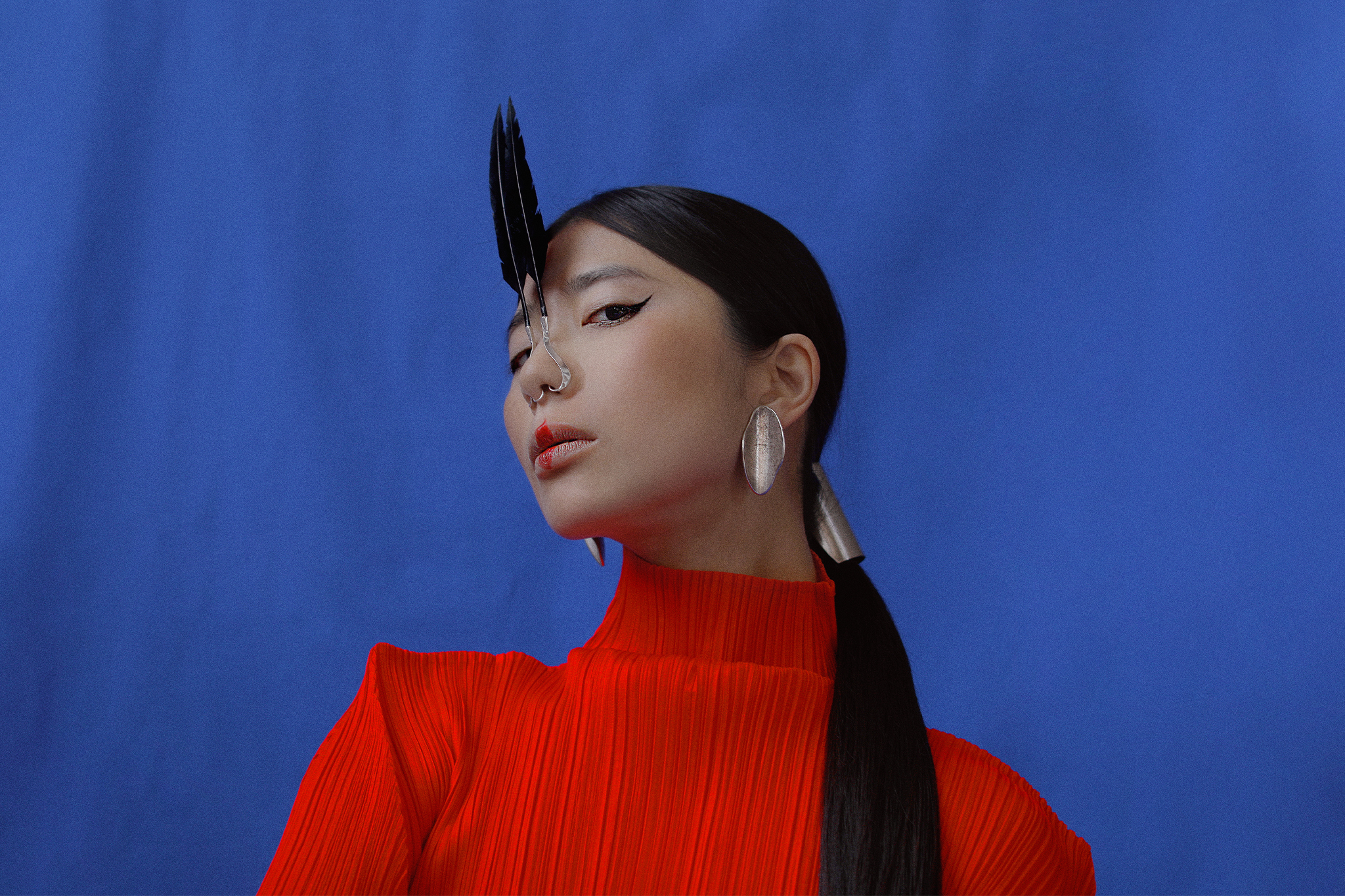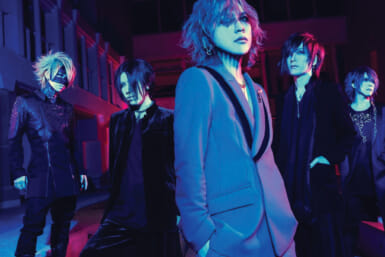Hatis Noit’s latest album Aura made our top albums of 2022 list for a reason. Her beautiful voice is haunting, inspired by her time in Hokkaido, learning gagaku and folk songs from across the world.
Onstage, her petite frame is amplified tenfold by her voice, which flies around concert halls, reaches into the rafters of churches and bounds off the walls of caves.
The day after her show at Spotify O-East, TW caught up with Hatis Noit in Shibuya, where she had shrunk back down to human size. Currently based in London, she is very apologetic about her “state,” having stayed up late to catch up with local friends after her show the previous night.
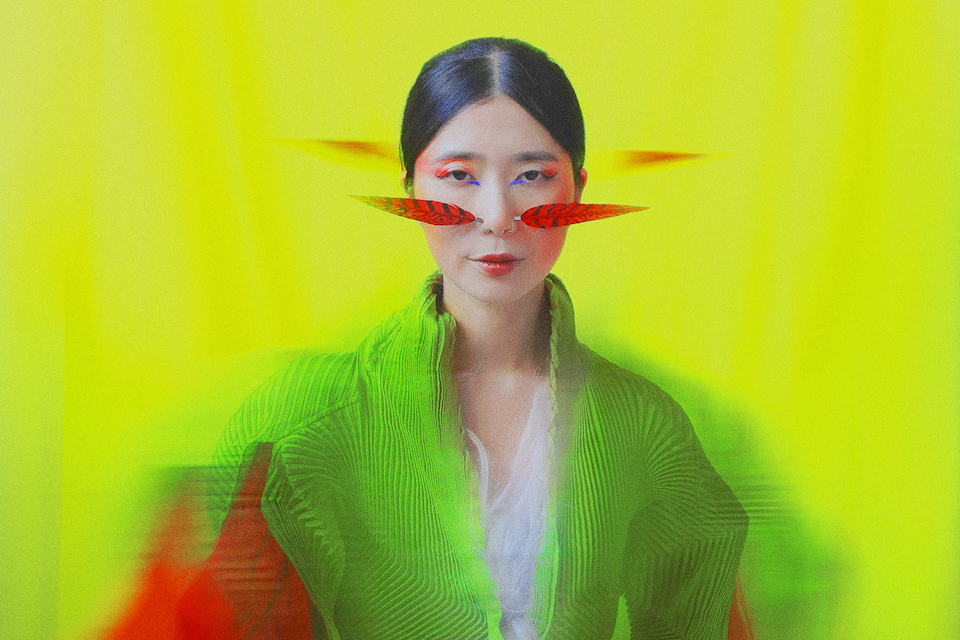
Roots from Hokkaido to Osaka
Noit’s birthplace is well documented as Shiretoko, Hokkaido, although she actually spent most of her life in Osaka. The singer feels both have had a big impact on her personality. “In an Osaka way, I’m open and not very polished; but when looking into myself, I find a very deep influence from Shiretoko, especially the nature there.”
That deep connection with nature is obvious as we talk, and she gets particularly animated when discussing gagaku, the classical music and dance of the imperial court that is among Japan’s oldest styles of music. “It’s such beautiful music, and very philosophical as well. It’s all about nature,” she explains.
Hatis Noit came across gagaku while studying at university in Kyoto and, as a member of the university’s gagaku society, received training and informal lessons from nearby Ichihime Shrine. She gives us a rundown of the meanings of various gagaku instruments, from wind instrument sho, said to symbolize light shining down from the heavens, to her instrument, hichiriki, said to symbolize the human voice.
The singer dabbled in many of the different components of gagaku and traditional Japanese folklore, from instrumentals to dance, even learning bugaku, the sacred dance that miko shrine maidens would perform. Eventually, she settled upon using her voice as her primary instrument. By her own reckoning, her vocals now comprise 98% of her output.
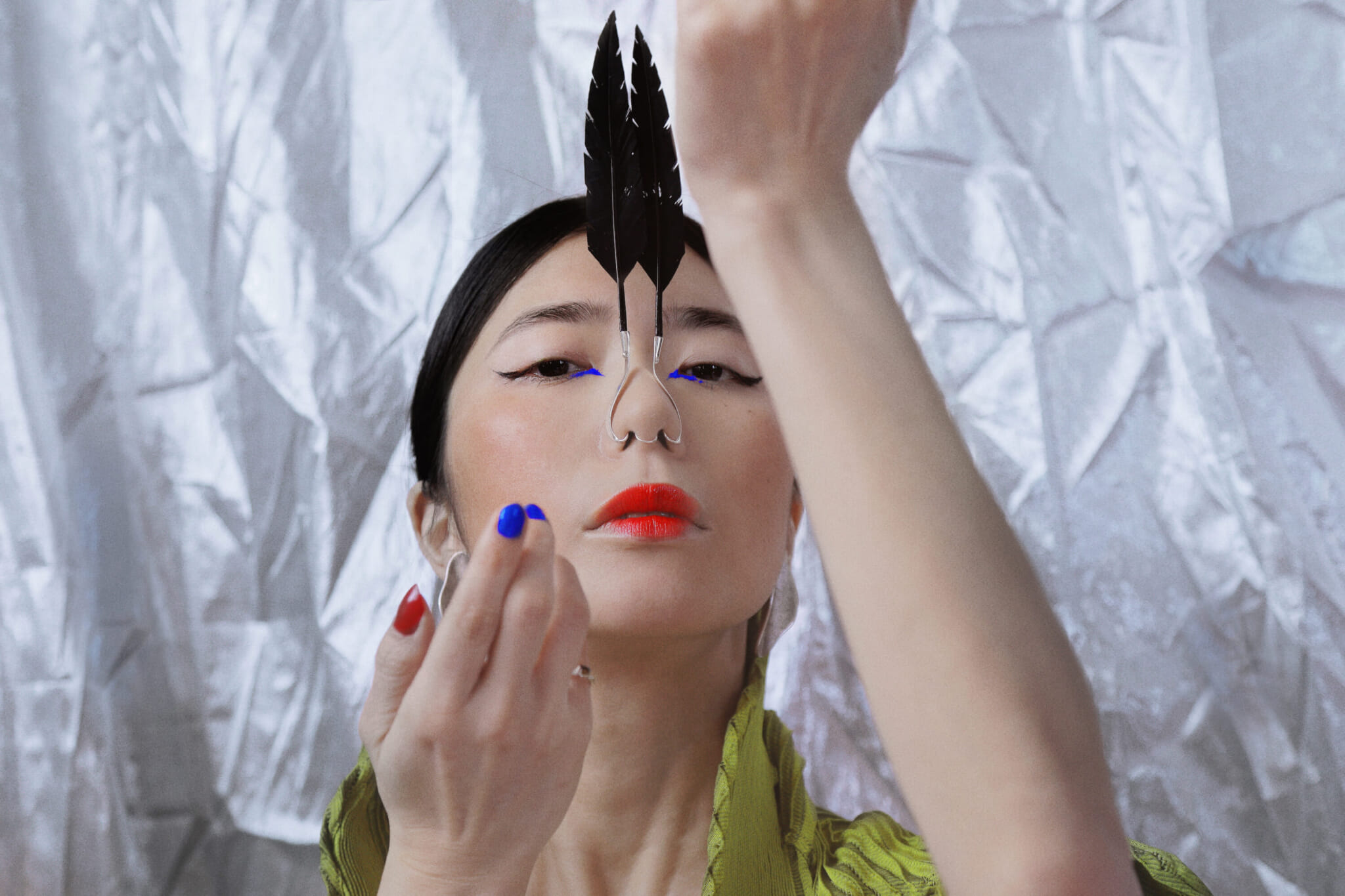
Folk Songs from Across the World
As time went on, she became fascinated with folk songs from all parts of the world, and now Gregorian, Bulgarian, Ainu and Amami techniques form part of her repertoire. She is always yearning to discover more to explore within her music. But how does she connect with the cultures whose songs she uses? Field study, she says, is essential, and she makes time on each tour to learn about the region’s folk music. Sometimes, she ends up becoming more knowledgeable than the locals.
She tells of visiting Kazakhstan’s Historical-Cultural-Ethnographic Center with an event organizer. “It was originally a country of nomadic people. They have so many unique instruments and a unique way of using voice music. I really enjoyed that. The funny thing was,” she laughs, “even the lady who took me there hadn’t been there before!”
Moving to London as a Japanese Artist
We start to talk about her move to London in 2017. Moving away from the life she knew in Japan was challenging. “At first, it was so hard. I got depressed. I felt like I totally lost myself, my identity. It took me quite a long while to re-find myself again.”
In retrospect, she believes it was the right thing to do. “It was such a beautiful, very important process for me. If I hadn’t moved out of Japan, I couldn’t have experienced such a big thing.”
Going through a trying time, she adds, was good for her music. “It has a different layer,” she explains. The experience directly inspired her single “Angelus Novus,” whose video with visual artist Yuma Kishi took three renderings and was made by mixing three different Asian figures together.
Being in London helped her become more confident, she adds, thanks to increasing the number of live shows across Europe. “It happened at the same time: finding my music, finding my own voice, being more confident.”
Open for Dialogue and Collaboration
Aura features the song “Inori,” which was a long time in the making. Originally crafted in 2017 in collaboration with Nobumichi Asai, a visual artist known for his CGI “face hacking” project, the song began life as a reproach against nuclear power.
In 2017, a friend invited Hatis Noit to Fukushima to participate in a memorial ceremony related to the 2011 Fukushima nuclear disaster. Once there, she planned to make a song with Asai questioning the use of nuclear power: Why, she wondered, were we using technology we couldn’t adequately control?
The response of her friend, who was upset and worried such a song could negatively impact local people, was unexpected. “I didn’t want to be disrespectful,” she says, explaining that thinking about the issue was a good experience.
She changed the song. “It became more for local people rather than to question politics.” By the time her album came out five years later, she had changed it even more. “I felt like it still had a political taste.”
On Aura, the song is called simply “Inori,” which means “prayer” in Japanese. Notably, on Asai’s site, the original piece still contains the full title: “Inori – we pray all nukes will eternally disappear from the world.”
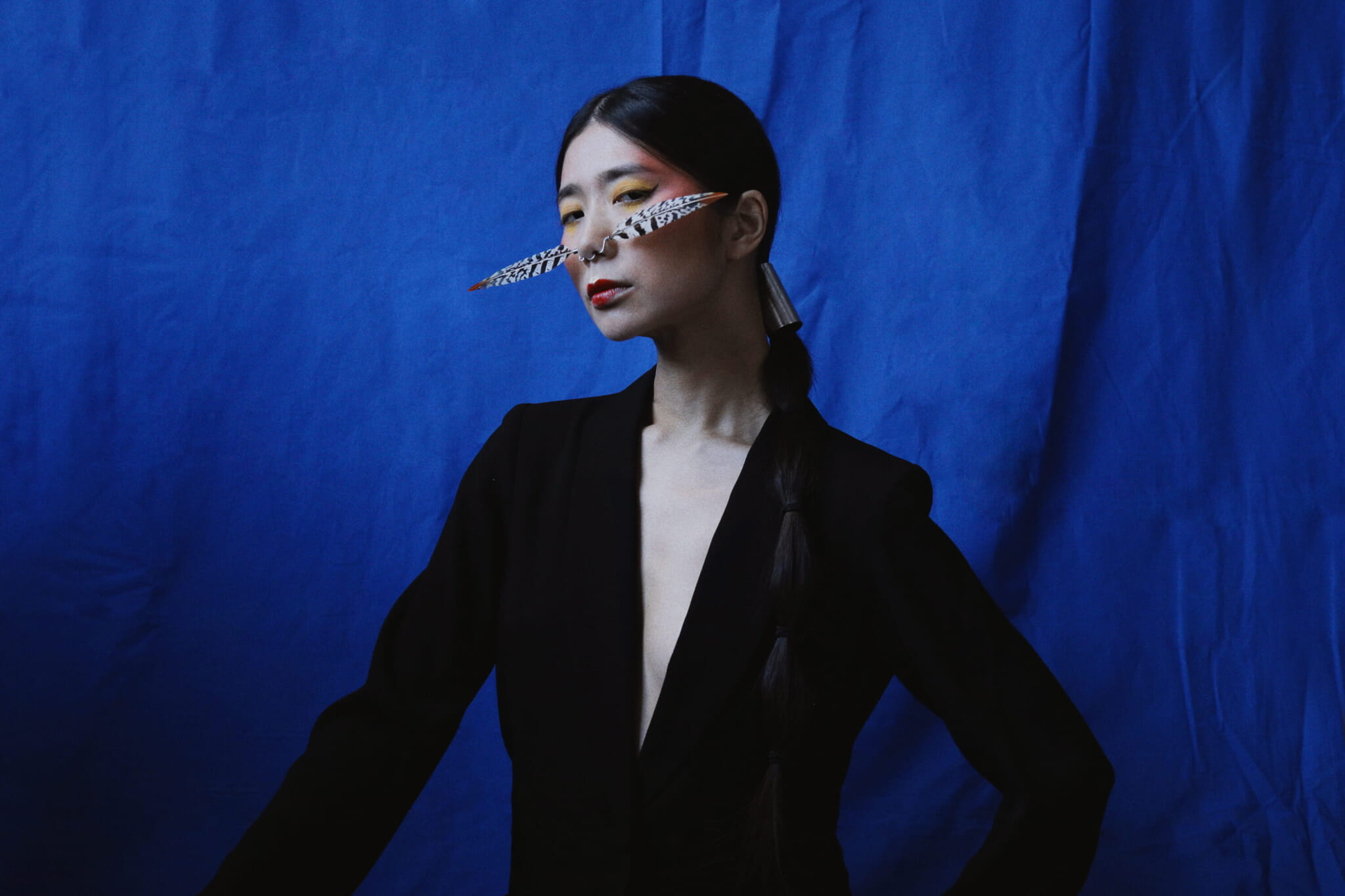
Collaboration and Respect
As someone who was born in Hokkaido, close to Japan’s Indigenous Ainu, she names her songs using Ainu words: “Kamuy Mintar” is named after Ainu gods (kamuy); the more recent “Sir Etok” is the Ainu name for Shiretoko. Hatis Noit explains that she does this out of respect for Hokkaido’s Indigenous people and to honor them. Only recently recognized as Indigenous people, the Ainu culture is a sensitive topic in Japan, so she is open to feedback. “I’d love to think about it more deeply.”
Live performance is something that she truly values, often seeking out artists to collaborate with. Asai was one, Kishi, with whom she collaborated on “Angelus Novus” and for digital art and electronic music festival Mutek, was another.
For 2023, she is looking forward to live shows and hopes to collaborate with another singer. Meanwhile, she has a collaboration coming up with experimental director Vincent Moon. As for Japanese artists, she is digging dancer Aoi Yamada. “She’s always inspiring to me.”
Hatis Noit’s album, Aura, is out now.

